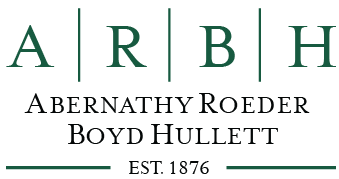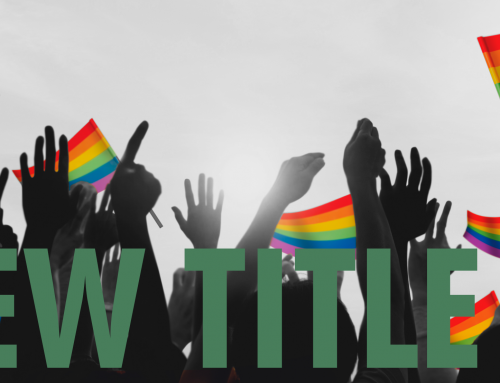What’s the Difference? Complaints of “workplace bullying” are on the rise. “Workplace bullying” includes negative workplace behavior such as humiliation, ignoring, yelling, relentless criticism, excessive monitoring of work, intimidation, threats, or offensive jokes or comments. However, many employees are confused about the difference between workplace bullying and harassment.
Workplace bullying constitutes prohibited harassment only when the perpetrator acts because of the victim’s real or perceived race, color, or national origin (protected by Title VII of the Civil Rights Act of 1964); sex (protected by Title IX); or disability (protected by Section 504 of the Rehabilitation Act and the Americans with Disabilities Act). School district policies dealing with employee harassment are covered under DIA (Legal) and (Local). Employees are not always familiar with the difference between the definitions of bullying and harassment, and may use the terms interchangeably. Therefore, a supervisor who receives a complaint of workplace misconduct should gather information from the complainant to determine whether the complaint alleges prohibited harassment. If so, a formal investigation is required.
Except in extreme circumstances, workplace bullying is usually a performance issue that should be addressed by correcting the bully’s poor performance and offering support to the victim, whereas harassment is both a performance and a legal issue that must be resolved by conducting a formal investigation and adopting formal remedies and consequences to stop the behavior.
Staff, especially those with management responsibilities, should receive training on how to prevent and remedy workplace bullying and harassment. If a supervisor will ever conduct an investigation into allegations of bullying or harassment, formal training on maintaining documentation, conducting interviews, writing reports of findings, instituting remedies, and preventing retaliation against complainants is necessary. Your institution should retain proof of all training in case a complaint is filed with the EEOC. A little training can go a long way towards limiting your institution’s legal liability while promoting a safe and productive workplace. For more information about workplace bullying, harassment, investigations, and training, contact your legal counsel.
This article should not be construed as legal advice related to any specific facts or circumstances. Although this article covers legal subjects, it is intended to educate readers about school law topics and not to provide advice that will be the basis for action or inaction in any specific circumstance. Viewing these materials does not create an attorney-client relationship between Abernathy, Roeder, Boyd & Hullett, P.C. and the reader or the reader’s institution. For circumstance-specific legal advice, please directly contact a licensed attorney.







Leave A Comment